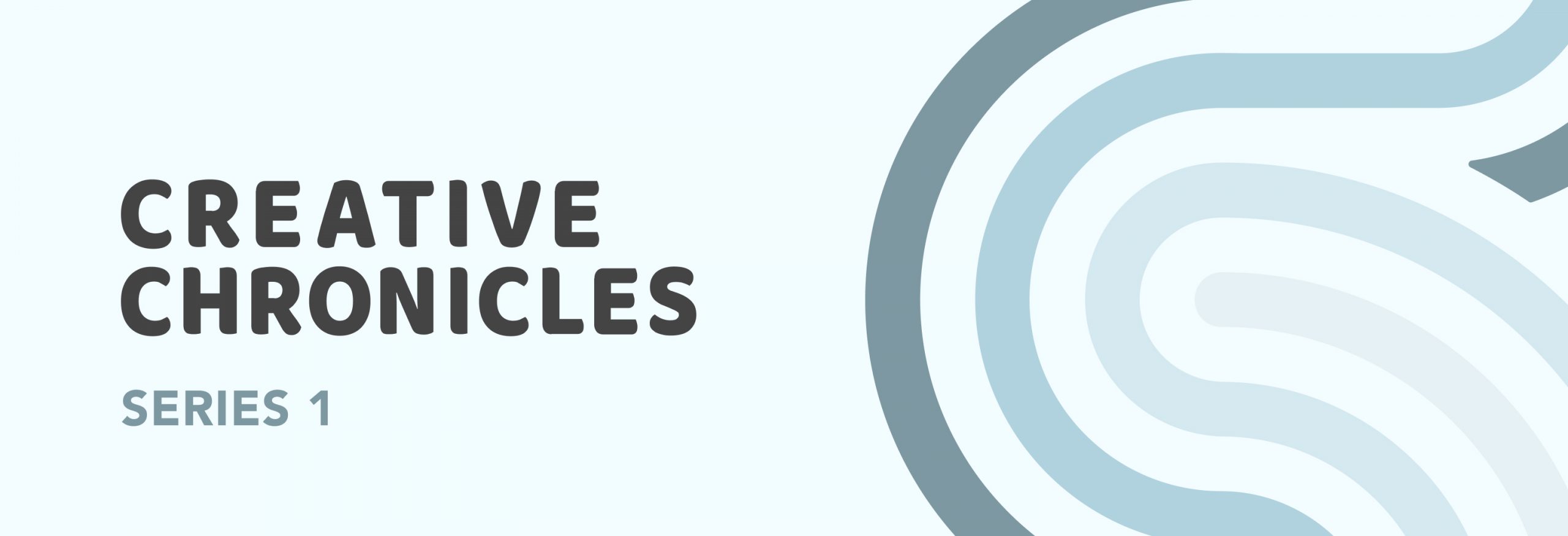Designing Your Own Path: An Ongoing Practice Of Challenging And Committing

Creative Chronicles is a series of articles exploring the lives of four Singaporean Creatives. In Series 1, they share about where they are in their creative journey today by choosing a selection of images in response to the prompt, “Because of me, the world…“. The images were then used as conversation starters during our chat with the Creatives.
In this article, we chat with Ng Pei Kang, founder and CEO of TRIA. A designer-turned-entrepreneur, he now leads TRIA in designing foodware and developing Bio24, a zero-waste solution that allows food waste to rapidly digest into compost, without separating organic and inorganic waste. Committed to sustainability, Pei Kang believes this integrated closed-loop systemic solution is a game-changer for the industry.
Pei Kang shares how through his experience, he has learned that there are multiple ways to drive a cause. Effective ones often speak directly to the needs of those you are reaching out to. And to sustain the cause, it’s key for one to stay committed to the practice, adopt a willingness to constantly learn, and the courage to always challenge status quo.
We present his chosen images and a curation of themes that emerged from our chat. Instead of presenting the conversation chronologically, we delve into each theme through verbatim quotes from various parts of our chat with Pei Kang. We hope you find the patterns that have emerged as insightful as we have.
Your path is yours to create.
Studio Dojo: You are a designer-turned-entrepreneur, which is not a common route taken by many designers. How did that journey come about?
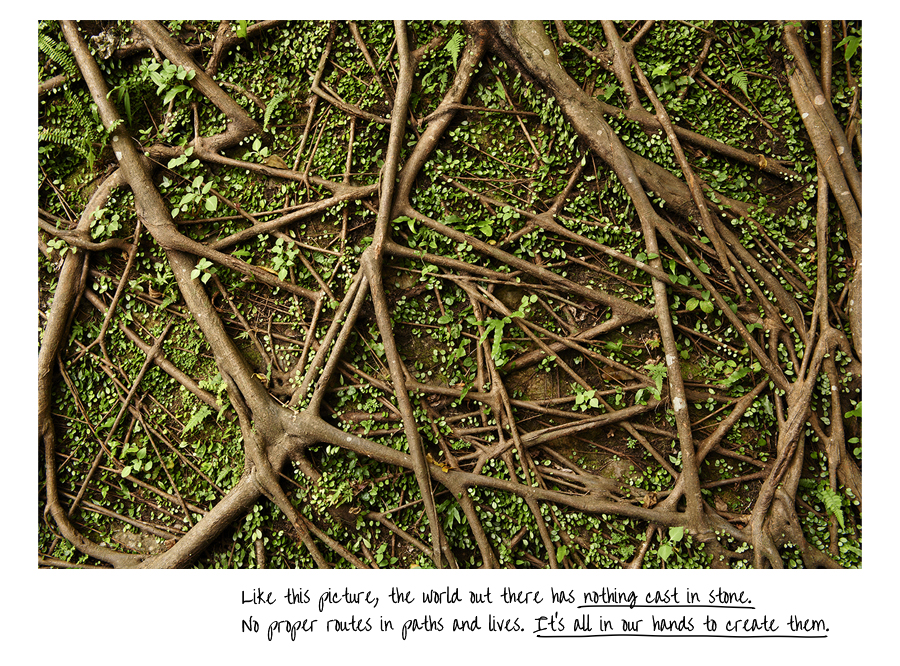
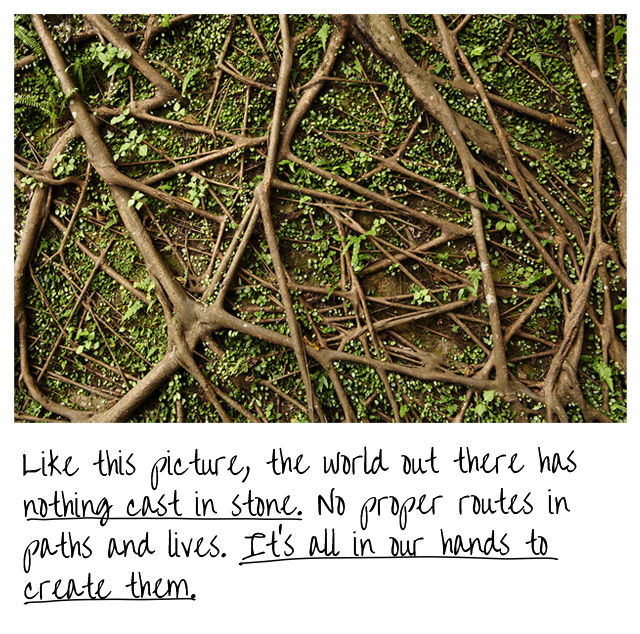
The world is like a big free canvas, there are no templates. I guess, I don’t take to templates well, because I realized there’s none. Nothing is fixed in stone, you can create everything yourself. That also empowers me to basically draw strokes across boundaries because that’s the world as I see it.
This aspect of challenging the status quo is something that I learned and have grown into. In school, I was a very good student. If my teacher said this, I did this, and if they said that, I did that. But it came to a point in my life, where I hit rock bottom and I had to go through an internal questioning process to find myself. One of the things that you grow out of, from young to adulthood, is to just stop looking at others and instead ask, Why am I still here? That changed my perspective in life and how I began to approach life.
I learned that a good approach to life is one without aversion.
I say that because sometimes people tend to have a map and stick closely to it. When people become good in something, they will naturally like it and stick only to that. But when you do things without aversion, it will let you approach things and just experience it. When you experience, you might realize something that you don’t know. You experience this feeling of calm, just emptiness and ability to let go.
Understanding and accepting is a route that I needed to take on. It is quite necessary for a person to basically have a taste of how life is, and then decide from there. A choice made based on aversion is a push factor. It’s not a pull factor. What you want to look for is a pull factor.
And that’s how I lead my life. I started out in Design and then later became business-oriented. It wasn’t something that was very clear in the beginning. But rather, I just started exploring entrepreneurship and found that this canvas suits me better.
Our shared purpose is bigger than all of us.
Studio Dojo: What’s an important principle you hold on to when leading your TRIA team?
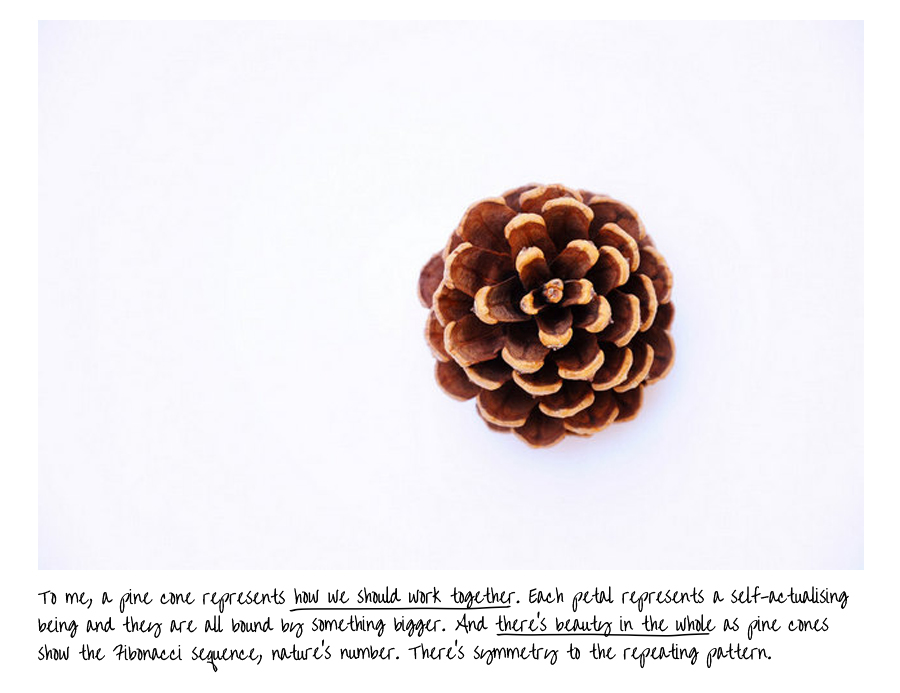
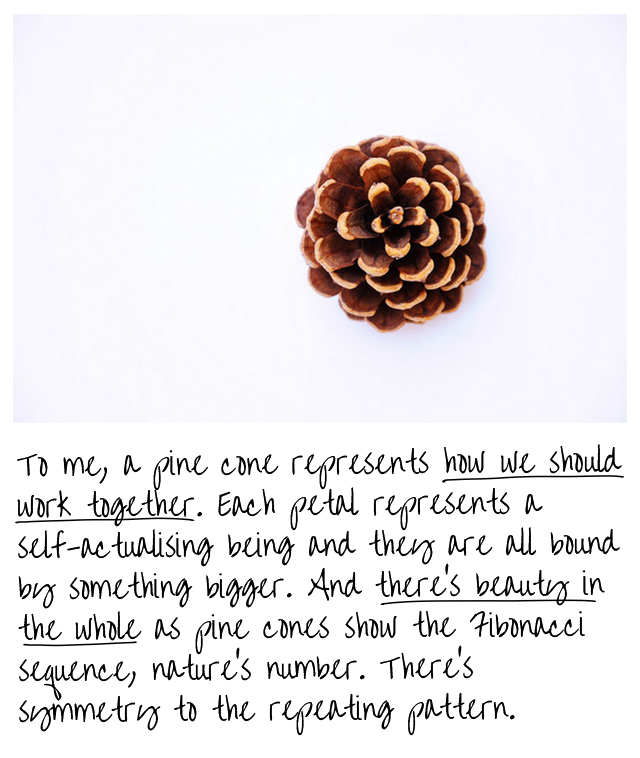
So, how does each human being work with each other, considering each one has their own pursuit? We can group together, driven by a purpose and mission. What we are achieving are missions and goals that aspire both to our personal aspirations and also to come together as a whole. This is the way I think humanity can work together. If we don’t work together in that manner, it will just result in conflict.
The way I look at it, each petal will just grow in their own way but somehow there’s this bigger thing that binds everyone together and they will automatically form into that. Beautiful!
And that’s how we run TRIA. It is a purpose vehicle. Down here, I have started building a house and I’m inviting talented people in for the sole purpose of bringing Bio24 out there. In short, Bio24 is bigger than any of us, including me.
The way I look at it is, it is not my company. I am just the first leg in the baton run. Okay sure, I started it off. Hopefully others can join me and make this their own mission. Then, it’ll be self-fulfilling. Bio24 needs to get out there, and it deserves to get out there, and it needs whoever it takes to bring it out there. Whoever can do so, take the baton and run.
How is TRIA going to achieve this pine cone where everyone gets an opportunity to self-actualise, find a place of practice, and discover a side of them they’ve never felt before?
There is a big purpose and our big purpose is to find circularity. Let that be the purpose to drive everyone. You have your own style, you have your own way of doing it, so be it. The gist of it – as long as there’s a big need and purpose, people will converge. That in itself is beautiful and I don’t think the size of the community that comes together matters.
There are many ways to drive sustainability.
Studio Dojo: What is a hard lesson that you had to learn about working on sustainability?
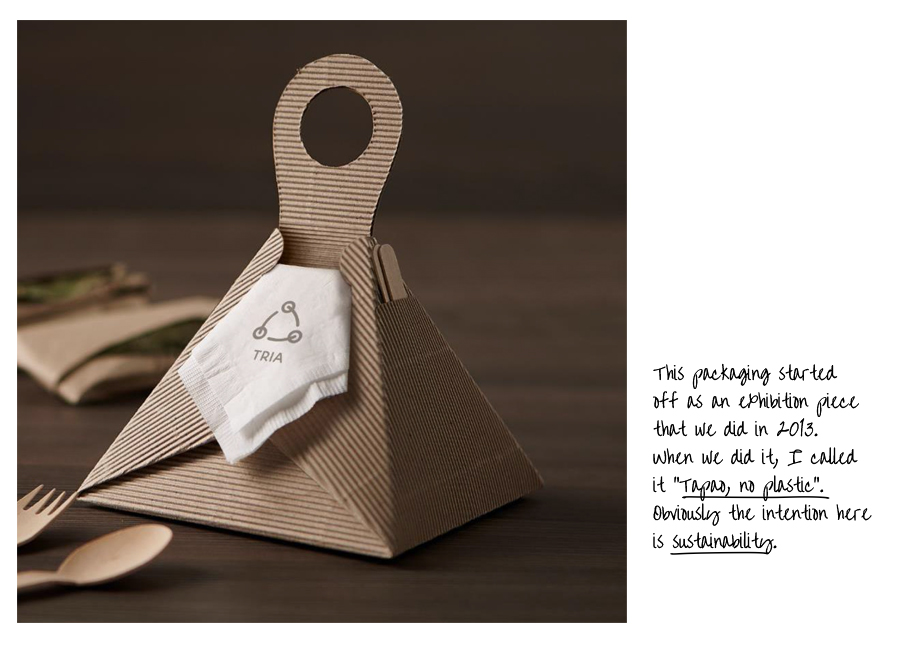
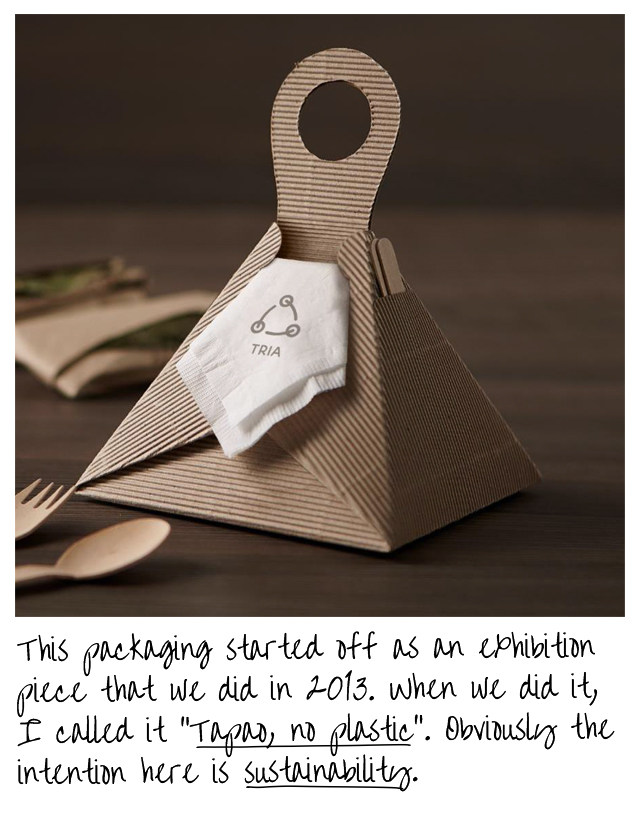
When we exhibited the packaging, out of ten people, nine of them will compliment on the visual appeal of it and say it’s so cute and nice. Only one will say that it is a very good sustainable idea.
This is when I started to realise that there are two different parts to the brain, and it triggers two different things. Sustainability is one part and appeal is another, and appeals comes from an inner desire. And that, I feel is more powerful in driving behaviour. It then occured to me that value-adding could be a very compelling tool to drive sustainability, instead of sustainability itself being the driver.
You can think of it as an excuse, but it doesn’t matter because we have created change with that approach.
If you ask me, in the whole history of humanity, sustainability would just be a phase whereby it will peak for a while and then normalise back. What it will normalise back to is essentially going back to basic human instincts and needs – the need for convenience, need for things to look pretty and appealing, need to be close to other human beings.
Sustainability, in a way, is a very outward-in thing. It’s an obligation. The big companies are just doing it because they have to. They feel obliged as they continue expanding. This is where I feel Design, the value creation and innovation, is able to make them think otherwise. Design is more than just being aesthetically pleasing. Design has the power to change human behavior without saying a single word. And I realised that I might have the skillset to really bring a change in this sector.
And this comes from my belief that we need to take responsibility. I’m not a tree hugger, I can tell you that much. But it is the need that we take ownership, that we take responsibility for the sad state of environmental preservation today.
Staying committed is part of one’s self-discovery process.
Studio Dojo: What is one trait you practice in your everyday life?
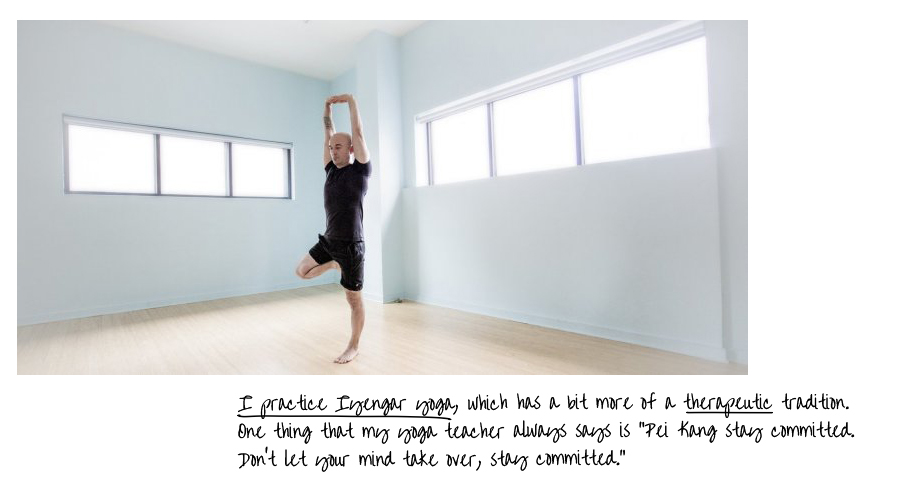
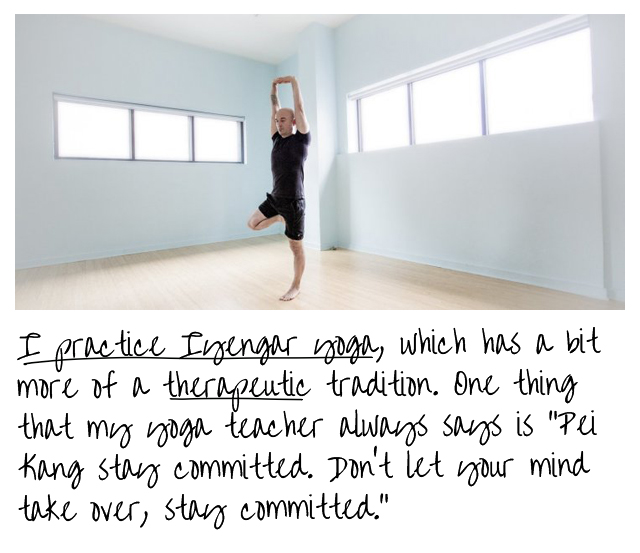
Once you have decided to try something, commit.
I think that today, as a society we tend to over-intellectualise things. With that, I mean that we tend to find the smart way, the right way, the fast way of doing things. And we forget to feel it. It’s about feeling it. It is about committing yourself to a practice. Life is not a paper, it’s a practice.
There’s a lot of depth in the word ‘commitment’. Be it your commitment to work or your commitment to a relationship. Something which I admire in the old days, during my mom and dad’s era, was that once they commit to a relationship, they will make their fullest effort to keep the relationship going. They don’t allow themselves to think of another way out. When you commit yourself to such a thing, amazing things come up.
TRIA is here today because we commit. TRIA would have been done two years ago but we kept pivoting, pivoting, pivoting. We kept changing, changing, changing. That’s commitment to our cause.
And when you stay committed, you discover yourself. It’s part of self-discovery which is naturally a humbling process. It opens up a lot of things, good things. For me, I know that I’m very much an introvert and I like to stay in the background, but because I am committed to getting TRIA out there, I have to put myself in the front line. I have to pitch, I have to sell, I have to communicate, and I do receive compliments from doing all these. I take it that my practice has worked out. But very few know that every time that I put myself out there, I’ve basically died a few minutes. I don’t like to be out there.
But that’s the basic idea. Life is a practice. How good you are at something, it’s a practice. What Malcolm Gladwell says about the 10,000 hours, I very much attest to that. Why do I say that? Because I’m not a talented person. I can tell you this but I do receive good feedback on the work that we do. And that came about from practice and commitment.
And it’s the same with Design, it’s a practice. You don’t get good by four years of education, or even by three years of work? You basically have to rough it out – even if it’s something that you don’t like to do, do it. Because, when you know what you don’t like to do, you also learn what you like to do. It’s actually a process whereby you’re internalizing and debating what you want, and what you don’t want. That’s a healthy process.
To live and learn, is the ideal attitude towards life.
Studio Dojo: Share with us how you personally approach life.
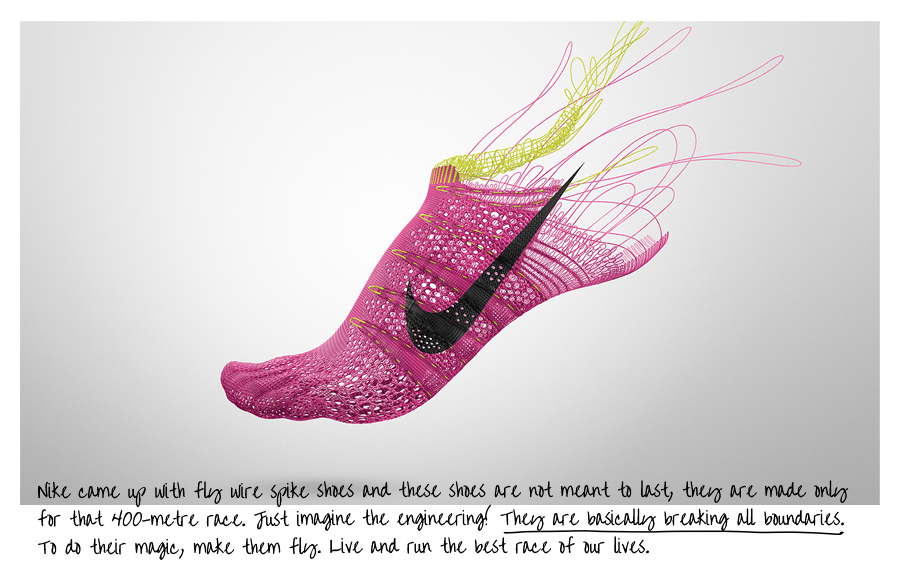
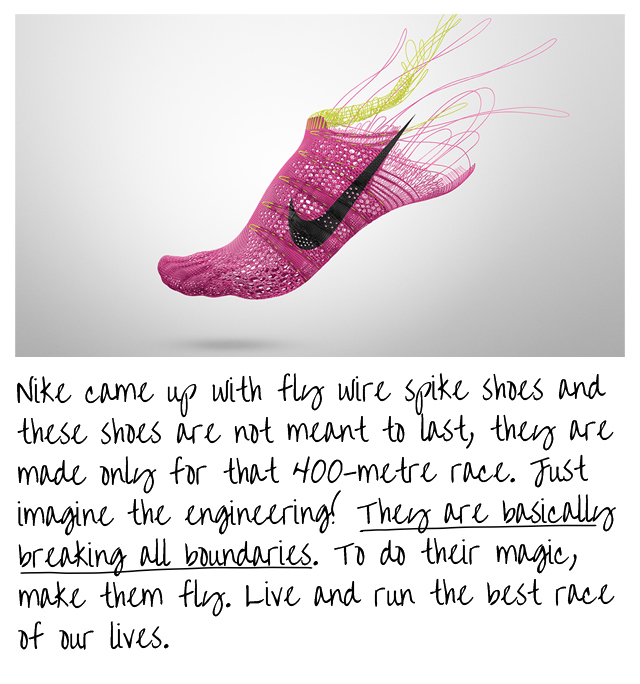
For me, this invention is what it means to live. We have a very short life, don’t put it to waste. You shouldn’t be running because something’s chasing you at the back. You should be running because you’re aspiring for something more. That’s more compelling.
But living needs to be balanced with learning. There’s a Chinese saying that translates to “The tall mountain doesn’t absorb water”. It’s when your pride from achieving something stops you from having your feet on the ground. I’ve seen many become that and I think that’s just sad. Don’t forget to learn, because there’s a lot of things to learn still.
For a while, I was learning Chinese calligraphy and it is very intriguing. A good calligraphy is when your brush will go down straight and comes up straight. The way you manoeuvre, it’s not like today’s pen where you press and write. Sometimes, when holding the brush, the anchoring point is your wrist. What if you need to write a bigger character? The anchoring point is your elbow. If you need to write those really big characters, your body becomes the anchor. There is almost a delivery of energy, one that is bounded by your movements and your constraints.
I think that’s the enrichment. As much as we can sprint for our goals, we should also keep the oxygen of enrichment and learning. So, live and learn. This is my attitude towards life.
Catch up on Pei Kang’s articles

